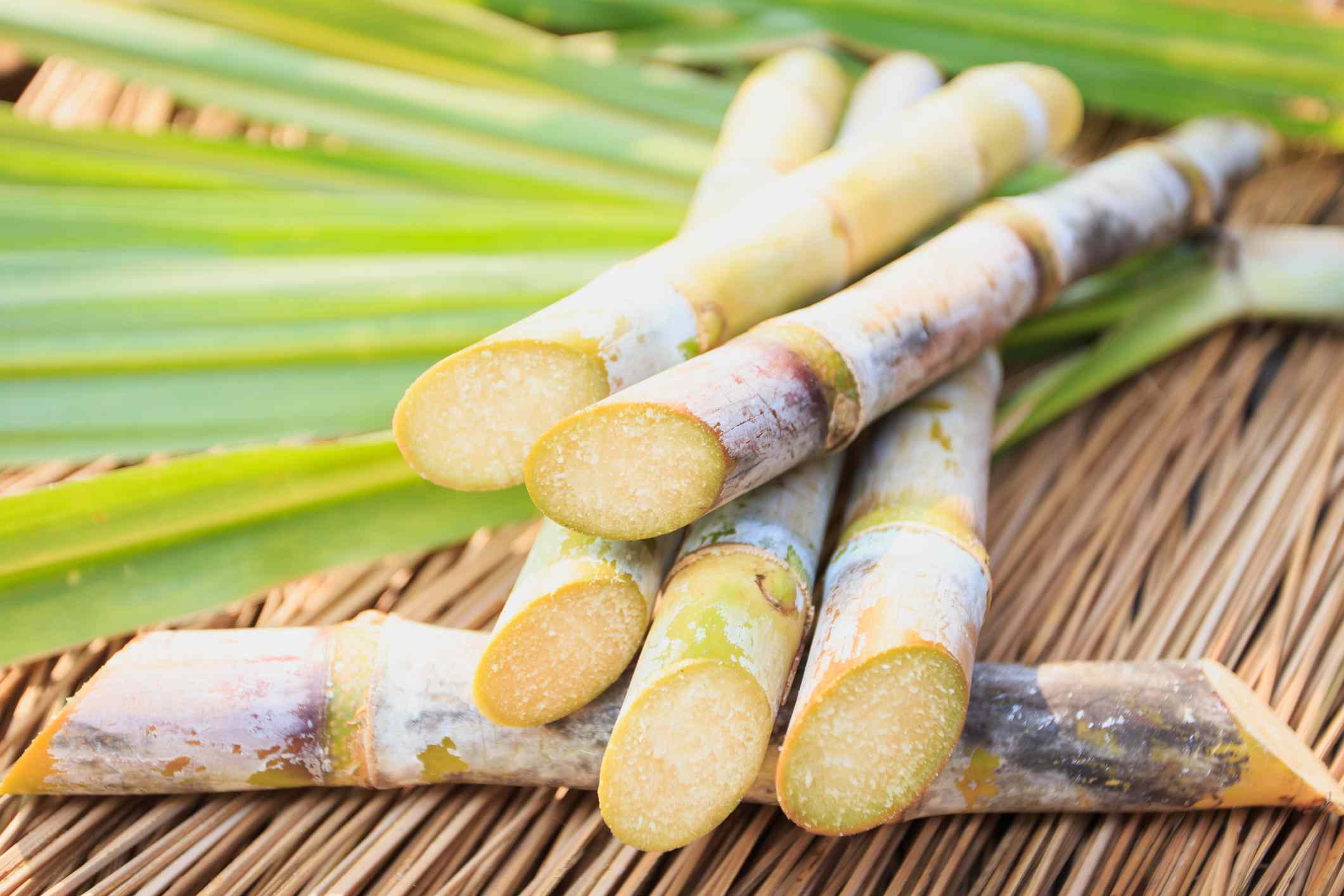Recognizing the Critical Techniques and Technologies Utilized in Modern Walking Stick Sugar Processing
The development of cane sugar processing has actually been dramatically formed by the assimilation of advanced strategies and technologies that resolve both efficiency and sustainability. As we explore these important advancements, it comes to be necessary to check out just how they not just improve production yet likewise line up with broader market fads and consumer demands, raising inquiries about the future of sugar handling and its ramifications for worldwide markets.
Historical Context of Cane Sugar Processing
The historic context of walking stick sugar processing reveals a rich tapestry of farming innovation and social exchange that has formed its development over centuries. Coming From in Southeast Asia, sugarcane was grown as early as 8000 BCE - Cane Sugar Processing. The process of refining and drawing out sugar obtained energy in India, where approaches for crystallization were developed around the sixth century. This expertise passed through to the Middle East, and by the 12th century, sugar ended up being a valued asset in Europe, leading to the facility of sugar ranches in the Mediterranean.

Advanced Removal Methods
Effectiveness in walking cane sugar extraction has actually seen substantial improvements, driven by the need for higher yields and reduced manufacturing costs. This method not just increases sugar yield however also minimizes the power needed for processing.
Furthermore, the fostering of membrane layer purification technologies, such as nanofiltration and turn around osmosis, has actually reinvented the separation of sugar from impurities. These approaches enable the careful permeation of sugar particles while retaining bigger impurities, improving the extraction procedure and decreasing waste.
Furthermore, the integration of continual removal systems has actually caused enhanced functional efficiency. Cane Sugar Processing. These systems preserve a continuous flow of walking cane product, ensuring ideal extraction conditions and lowering downtime connected with batch processing
Ingenious Refining Technologies
Refining techniques in walking cane sugar handling have actually undergone a transformative shift, driven by the need for greater purity and boosted product quality. One of one of the most noteworthy innovations is the adoption of membrane layer purification modern technologies, such as ultrafiltration and nanofiltration. These procedures properly get rid of pollutants and colorants without the demand for substantial chemical therapies, therefore maintaining the sugar's natural taste and enhancing its allure.
An additional considerable innovation is using ion exchange materials, which allow for selective removal of unwanted ions from sugar services. This technology not just boosts the general purity of the final product yet also adds to lowered waste and ecological effect.
In addition, advancements in adsorption techniques, using triggered carbon and other advanced products, have shown reliable in decolorizing sugar solutions while keeping optimal top quality. The assimilation of these cutting-edge refining modern technologies makes sure that makers can produce refined sugar with premium clearness and preference, satisfying the advancing choices of customers.
Automation and Control Systems
Recent improvements in refining innovations have actually led the way for significant improvements in automation and control systems within cane sugar processing centers. These systems utilize innovative software program and hardware to basics enhance functional effectiveness, reduce human mistake, and make certain consistent item high quality.
Modern automation integrates numerous elements, consisting of sensors, actuators, and programmable logic controllers (PLCs), enabling real-time monitoring and control of vital procedures. For example, stress, flow, and temperature level rates can be precisely managed throughout removal, clarification, and condensation stages, enhancing performance and lessening waste.
Furthermore, progressed information analytics and artificial intelligence algorithms play a pivotal duty in predictive upkeep, allowing drivers to expect tools failings prior to they happen. This proactive approach not only reduces downtime but additionally extends the life-span of machinery.
Furthermore, automation facilitates the application of Sector 4.0 concepts, empowering sugar mills to achieve higher connection and data exchange across processes. Consequently, decision-making becomes even helpful site more enlightened and nimble, ultimately boosting the total competition of walking cane sugar manufacturing. With these developments, the industry is well-positioned to fulfill growing global demands while keeping functional quality.
Sustainability Practices in Sugar Manufacturing
Sustainability methods in sugar production have come to be significantly important as the market looks for to balance economic viability with ecological duty. As customer awareness grows pertaining to the ecological effects of agricultural methods, sugar manufacturers are taking on innovative approaches to decrease their ecological impact.
One considerable technique is the application of accuracy agriculture methods, which utilize information analytics to maximize resource usage, such as water and plant foods. This reduces waste and reduces the influence on local environments. Additionally, lots of producers are transitioning to renewable resource sources, such as biomass from sugarcane byproducts, to power their operations, thereby reducing dependence on nonrenewable fuel sources.
Water monitoring practices are additionally critical; rain harvesting and reliable watering systems assist mitigate water scarcity problems. Cane Sugar Processing. Additionally, integrated insect administration methods reduce chemical use, advertising biodiversity and dirt health and wellness
Business social obligation efforts are arising, with firms spending in local areas and making certain reasonable labor techniques. By embracing these sustainability practices, the sugar market not just improves its online reputation however also adds to an extra sustainable agricultural landscape, leading the method for future generations.

Conclusion
In summary, contemporary walking stick sugar processing includes a series of advanced strategies and innovations that the original source considerably boost yield, efficiency, and sustainability. The adoption of cutting-edge extraction and refining techniques, alongside automation and control systems, promotes enhanced operational performance and item quality. Moreover, the focus on lasting practices highlights a commitment to reducing environmental influence and advertising ethical manufacturing. Jointly, these improvements position the walking cane sugar sector to fulfill modern needs while resolving important global difficulties.
The advancement of walking stick sugar processing has actually been substantially formed by the integration of innovative methods and innovations that resolve both efficiency and sustainability.The historic context of walking stick sugar processing exposes a rich tapestry of farming technology and cultural exchange that has actually formed its development over centuries. Advancements in milling and refining arised, laying the groundwork for modern-day cane sugar processing.Refining methods in walking stick sugar handling have actually undertaken a transformative shift, driven by the need for higher pureness and enhanced product quality.In summary, contemporary cane sugar processing incorporates a variety of advanced strategies and modern technologies that significantly boost efficiency, return, and sustainability.